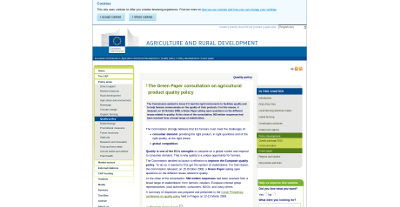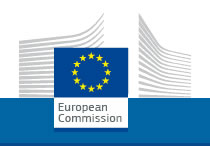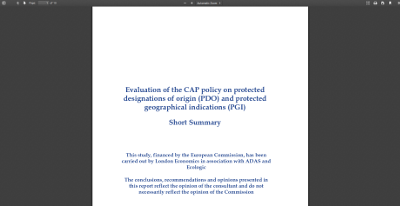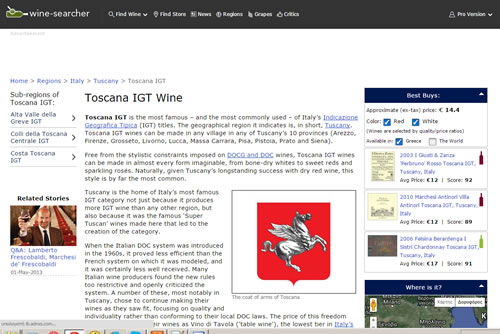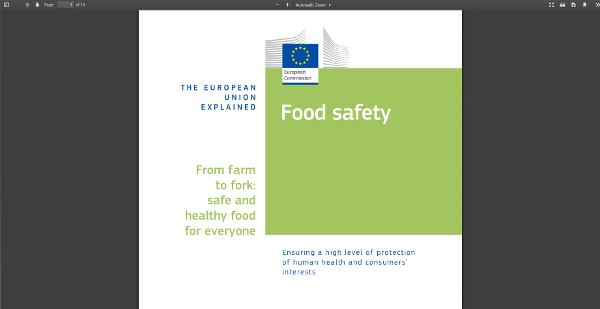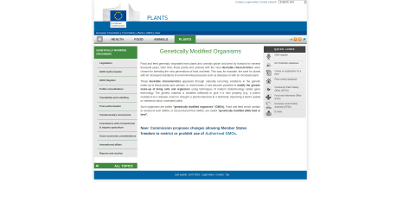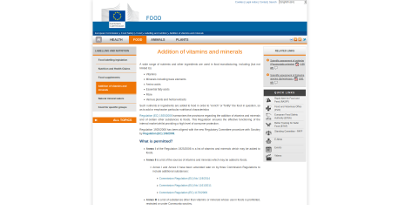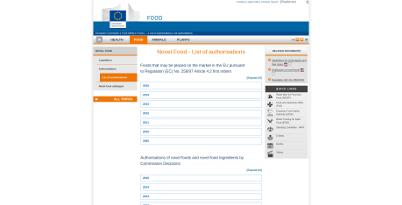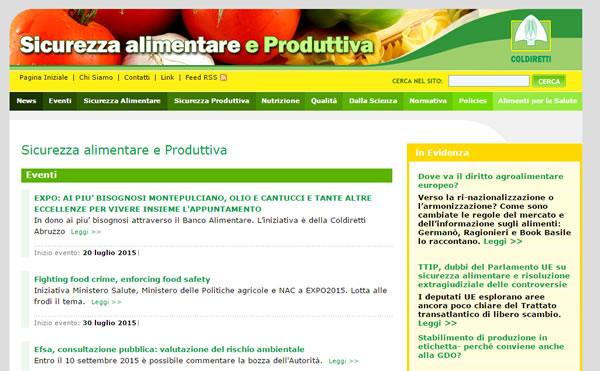The story
EU policy on quality has focused on local and typical products since 1991 with important EU regulations. At the same time, the EU has integrated the concept of multifunctionality with quality and safety as required in agriculture by consumers.
The point is that the European Agricultural Model moves away from the rest of world, and this diversity must be promoted and protected.
The Commission strongly believes that EU farmers must meet the challenges of:- Consumer demand: providing the right product, in the right quantities, the right quality, and the right price.
- Global competition
Since 1991, EU policy concerning quality focuses on the certification of typical products by Regulation EC 2081-2082/92 that has been modified by Council Regulation (EC) 509-510/2006.
At the same time, the EU integrated the concept of multifunctionality with food quality and safety, as those characteristics are fundamental for consumers.
How do EU rules protect the European Agricultural Model?
What are the European standards for food safety?
Food Quality Policy
The EU’s PDO/PGI regulation (Regulation 510/2006 and its predecessor Regulation 2081/92) provides EU-wide protection for names of agricultural products and foodstuffs that have a close link to their geographic region of production. Such products must be produced in a specified territory and according to a certain production specification.
Any application for a PDO or PGI must include a product specification containing at least a product description, a method of production and the geographical area where it is produced. In addition, applications must provide evidence that some quality, reputation or other characteristic associated with the product is linked to the region of production.
Once a name is registered, any producer complying with the product specification and controlled by a control body or national authorities can use the name.
The first step in European Food Quality Policy was the Green Paper:
The Green Paper consultation on agricultural product quality policy
The Commission decided to launch a debate on how to improve European quality policy. To do so, it first got the opinions of stakeholders. For that reason, the Commission released, on 15 October 2008, a Green Paper asking open questions on the different issues related to quality. At the close of the consultation, 560 written responses had been received from a broad range of stakeholders: from farmers, retailers, European interest group representatives, local authorities, consumers, NGOs, and many others.
A summary of responses was prepared and presented in the Czech Presidency conference on quality policy held in Prague on 12-13 March 2009.
On 10 December 2010, the European Commission adopted the "Quality Package" with the aim of guaranteeing quality to consumers and a fair price for farmers. This Quality Package set up for the first time a comprehensive policy on certification schemes, value-adding terms for agricultural product qualities, and product standards. With this Package, the Commission covered all facets of quality, from compliance with minimum standards to highly specific products. This Quality Package was a first step on the path of building a stronger and more dynamic farming sector.

“The strength of European agricultural production lies in its diversity, in the know-how of farmers, and in the soil and territories of production", said Dacian CIOLOŞ, Commissioner for Agriculture and Rural Development adding, "Farmers, who are under pressure from the economic downturn, concentration of retailers bargaining power, and global competition, need the tools to better communicate about their products to consumers”
The Quality Package comprises:
- A proposal for a new 'Agricultural Product Quality Schemes Regulation', bringing coherence and clarity to the EU schemes; reinforcing the flagship scheme for protected designations of origin and geographical indications (PDOs and PGIs); overhauling the traditional specialities guaranteed scheme (TSGs), and laying down a new framework for the development of Optional Quality Terms to provide consumers with information they increasingly demand, such as 'free range'' and 'first cold pressing'.
- A proposal to streamline the adoption of marketing standards by the Commission, including the power to extend place of farming labelling in accordance with the specificity of each agricultural sector.
- The Quality Package was the result of 3 years of extensive consultation and participation of stakeholders. It opens the way to a more coherent agricultural product quality policy.
- New Guidelines on best practices for voluntary certification schemes and on the labelling of products using geographical indications as ingredients.*
EU schemes: indications of origin for food and beverages
The EU believes quality is an important issue for every farmer and buyer, whether dealing with commodities produced in accordance with basic standards or with the high-end quality products in which Europe excels. EU farmers must build on high quality reputation to sustain competitiveness and profitability.
EU law lays down stringent requirements guaranteeing the standards of all European products.
In addition, EU quality schemes identify products and foodstuffs farmed and produced following strict specifications. The main European quality schemes are:

Each EU country has its own quality categories which correspond to PDO. The most significant are:
Greece: AOQS (Designation of Origin of Superior Quality) and AOC (controlled appellation of origin)
France: AOC (Appellation d'Origine Contrôlée)
Italy: DOC (Denominazione di Origine Controllata) and DOCG (Denominazione di Origine Controllata e Garantita)
Spain: DO (Denominación de Origen) and DOCa (Denominación de Origen Calificada)
Portugal: IPR (Indicação de Proveniência Regulamentada) and DOC (Denominacão deOrigem Controlada)
Germany: QbA (Qualitätswein bestimmter Anbaugebiete) and 'Prädikatswein' (formerly known as 'QmP' or Qualitätswein mit Prädikat)
As of June 2008, 779 names had been registered as PDO or PGI (446 PDOs and 333 PGIs). France and Italy account for more than 40% of all registrations, and these 2 countries together with Germany, Greece, Portugal and Spain account for almost 90% of all protected names.
A statistical analysis of the causes of the differences in the number of PDO/PGI registration across Member States shows that, besides the size of the agricultural sector, other explanatory factors are the level of encouragement and support given to PDO/PGI applicants, differences in food cultures and the EU accession date.
Remember that the registration of a name under the PDO/PGI scheme does not in itself guarantee an increase in market shares, domestically or abroad. Market shares will grow only if a number of additional factors are present such as an active market expansion approach being pursued individually and collectively by producers, interest from consumers, a combined use with a trademark and the existence of niche markets.
The relevance of PDO and PGI
The case of WINE
Until relatively recently, the EU classified wine quality into two categories: 'QWPSR' (Quality Wine Produced in a Specific Region) and 'Table Wine'. These were replaced in 2011 with PDO (Protected Designation of Origin) and PGI (Protected Geographical Indication).
According to the EU definition, PDO products are "produced, processed and prepared in a given geographical area, using recognized know-how". Their quality and properties are significantly or exclusively determined by their environment, in both natural and human factors.
The EU definition of a PGI product is one closely linked to the geographical area in which it is produced, processed or prepared, and which has specific qualities attributable to that geographical area. Each EU country has its own quality categories which correspond to PGI. The most significant are:
Although the PGI production rules are not as stringent as those applied to PDO wines, there are famous examples of PGI wines commanding more respect (and higher prices) than their PDO counterparts. This is particularly prevalent in Tuscany.
Food Safety Policy
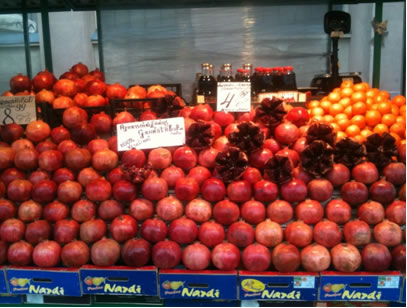
It is accepted that food is safe when it does not constitute a danger to consumer health as absolute security does not exist.
There are dangers of a different nature: physical, organic, chemical, for which there is a risk more or less high. Therefore, a food can be considered safe if the risk is low enough to be considered negligible.
In addition to health issues, there are aspects related to ethical principles that involve the use of:
- environmentally friendly productions
- procedures of biological diversity
- the genetic integrity
- cultural traditions.
What are the European standards for food safety?
Main steps for EU towards Food Safety
The objective of the European Union's food safety policy is to protect consumer health and interests while guaranteeing the smooth operation of the single market. In order to achieve this objective, the EU ensures that control standards are established and adhered to as regards food and food product hygiene, animal health and welfare, plant health and preventing the risk of contamination from external substances. It also lays down rules on appropriate labelling for these foodstuffs and food products. This policy underwent reform in the early 2000s, in line with the approach 'From the Farm to the Fork', thereby guaranteeing a high level of safety for foodstuffs and food products marketed within the EU, at all stages of the production and distribution chains. This approach involves both food products produced within the European Union and those imported from third countries
The central goal of the European Commission's food safety policy is to ensure a high level of protection of human health and consumers' interests in relation to food, taking into account diversity, including traditional products, whilst ensuring the effective functioning of the internal market.
The Commission's guiding principle, primarily set out in its White Paper on Food Safety, is to apply an integrated approach from farm to table covering all sectors of the food chain, including feed production, primary production, food processing, storage, transport and retail sale.
European standards for Food Safety
The EU's food safety policy aims to guarantee
- safe, nutritious food & animal feed
- a high level of animal health, welfare & plant protection
- sufficient transparent information about the origin, content/labelling & use of food
VIDEOS ON FOOD SAFETY PRODUCED BY HEALTH AND CONSUMERS DG
EU’s Food Information Regulation (1169/2011)
Starting 13 December 2014, businesses will be required to comply with the great majority of the rules set forth in the EU’s Food Information Regulation (1169/2011). The Regulation went into force on 12 December 2011 but provided for a long, 3-year grace period, to allow food companies and EU member states to prepare for the new rules concerning labelling of food products. Among other things, the Regulation expands the list of information that must be provided on food labels and also imposes new duties concerning presentation of the information. Businesses face fines if they fail to comply with these obligations.
The Regulation exhaustively lists the information which it will be mandatory to provide on food labels, including such items as:
- any ingredient or processing aid listed in Annex II to the Regulation or derived from a substance or product listed in Annex II causing allergies or intolerances, used in the manufacture or preparation of a food and still present in the finished product, even if in an altered form
- the quantity of certain ingredients or categories of ingredients
- with respect to beverages containing more than 1.2% by volume of alcohol, the actual alcoholic strength by volume
- a nutrition declaration.
Apart from the information referred to in the Regulation applicable to all food products, Annex III indicates additional information required to be included on the labels of certain types of foods, such as beverages with caffeine content and foods with added caffeine or containing sweeteners.
The mandatory information must be marked in a way that is clearly visible and legible. In addition to these general standards, the Regulation provides for minimum font sizes on the package or attached label: the letters must be at least 1.2 mm tall using the method for determining the font size specified in Annex IV to the Regulation. There is an exception for smaller packages or containers, “the largest surface of which has an area of less than 80 cm2,” in which case the minimum height he letters is 0.9 mm.
Welcome to
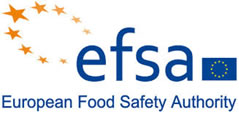
Interactive tool: Science protecting consumers from field to fork
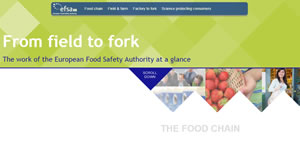
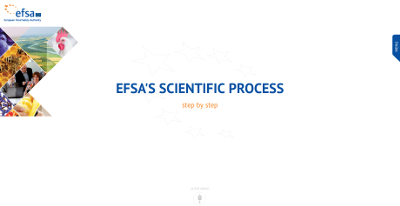
Read more
Coldiretti’s handbook
Coldiretti has issued a good practice handbook, validated by the Italian Public Health Ministry, with the following aims:
- supporting farmers in getting to know and implement the food safety procedures requested by the hygiene law.
- pursuing a national uniformity of self-control and control procedures
- Satisfying the transparency aspect which is very important for consumers



